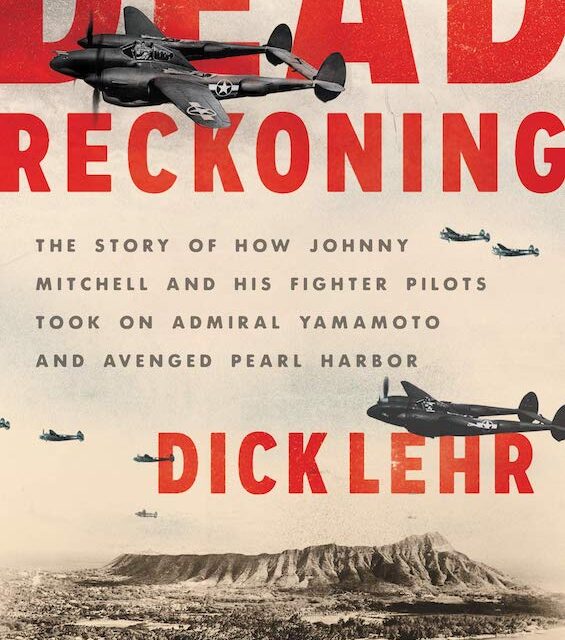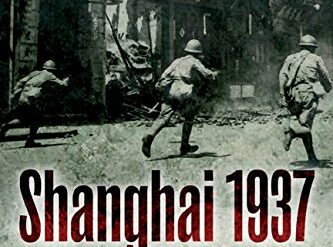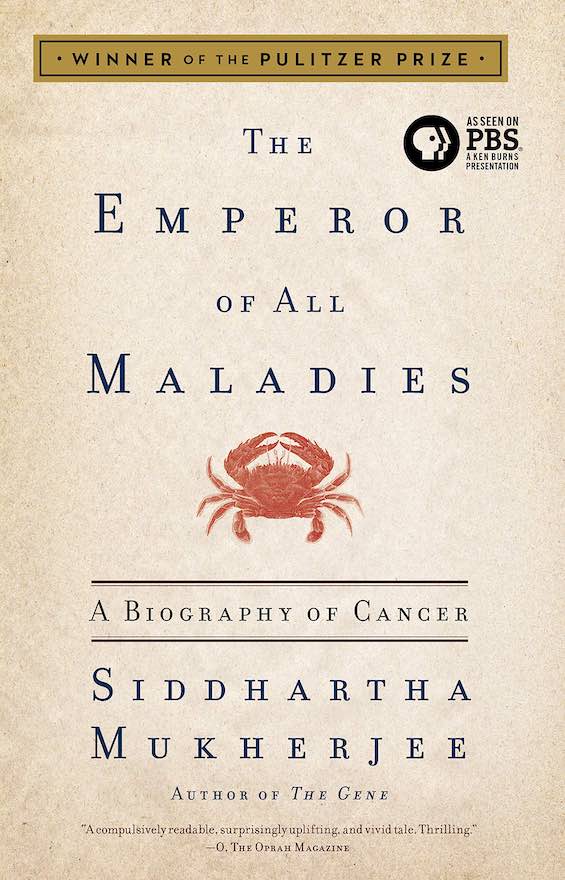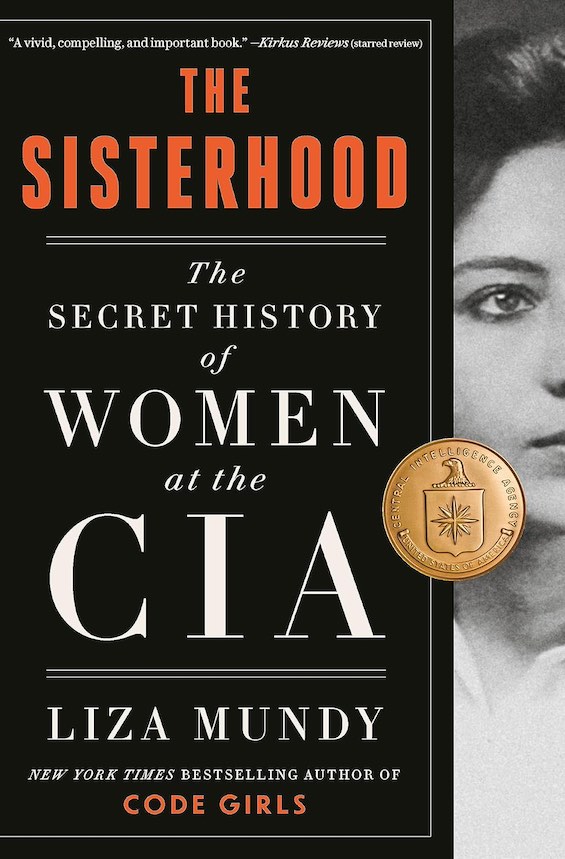
This is the story of two men, one Japanese, the other American. They’re 30 years apart in age and might have come from different galaxies for all the different ways their experience has shaped them. One is Admiral Isoroku Yamamoto, commander in chief of the Japanese Empire’s Combined Fleet. He’s the man who planned the surprise attack on Pearl Harbor carried out on December 7, 1941. The other is Major John Mitchell of Enid, Mississippi. Known as Mitch, he commanded the US Army Air Forces fighter squadron that ended the admiral’s life on Palm Sunday, April 18, 1943, exerting revenge for Pearl Harbor. (The mission was called Operation Vengeance.) In Dead Reckoning, journalist Dick Lehr brings both men back to life in a compelling account of their lives up to the fatal moment when their timelines intersected.
The man who made Pearl Harbor happen
In every respect, Yamamoto was the architect of the sneak attack on what President Franklin Roosevelt called “a date which will live in infamy.” For decades, the brilliant Japanese naval officer had been the leading proponent of the development of attack aircraft and aircraft carriers against the powerful opposition of the “battleship admirals” who long controlled the Japanese Navy. In fact, Yamamoto had openly advocated the use of airplanes based on ships even before a single aircraft carrier was to be found anywhere on Earth. It was his lobbying of Mitsubishi Heavy Industries that led to the creation of Japan’s celebrated Zero fighter aircraft. And as the prospect of war with the United States steadily gained support in Japanese military circles in 1940 and ’41, Yamamoto advanced his audacious plan—again in the face of fierce opposition. Pearl Harbor was Yamamoto’s project, pure and simple.
Dead Reckoning: The Story of How Johnny Mitchell and His Fighter Pilots Took on Admiral Yamamoto and Avenged Pearl Harbor by Dick Lehr (2020) 476 pages ★★★★★
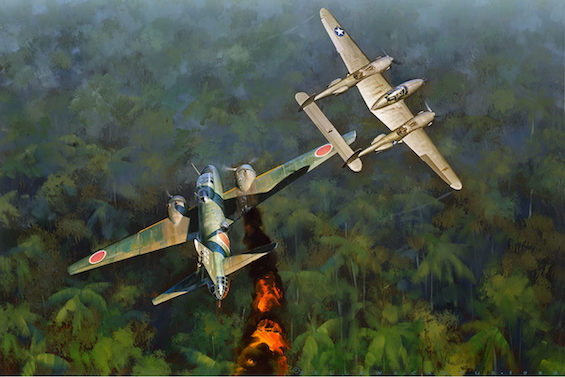
The two central figures
Lear’s story is tightly focused on the two men whose lives are central to Operation Vengeance. Others enter into the tale, including senior figures in both the US and Japanese navies, but they are incidental to the plot.
Isoroku Yamamoto
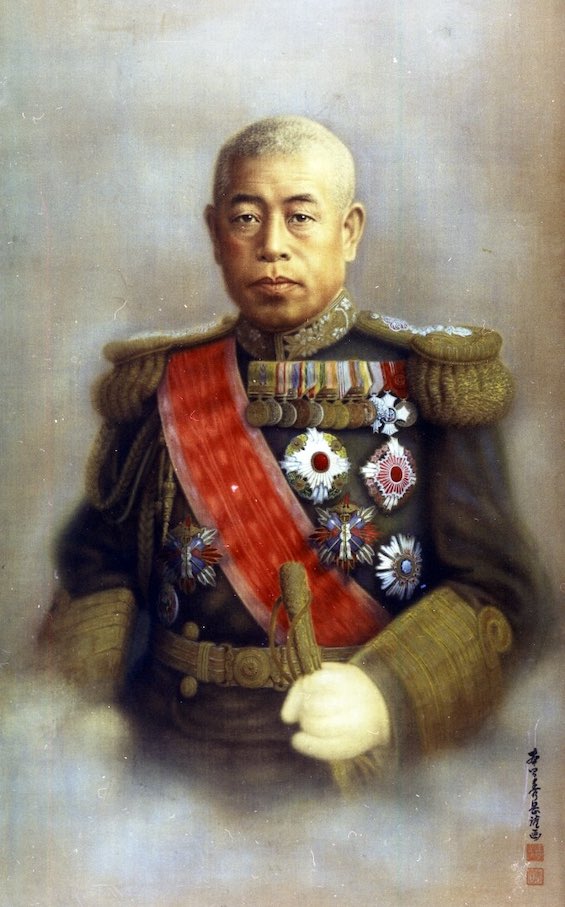
Admiral Isoroku Yamamoto (1884-1943) graduated from the Imperial Japanese Naval Academy in 1904 in time to join in the Empire’s underdog victory over the Russian Empire in the Russo-Japanese War. He was wounded at the decisive Battle of Tsushima. His experience in that war, serving under the legendary admiral who had launched the war with a surprise attack on the Russian fleet, left a permanent imprint on him. That lesson inspired his plan four decades later to attack Pearl Harbor by surprise. However—and Dick Lehr goes out of his way to make this clear—Yamamoto demanded that his superiors inform the United States government an hour in advance of the operation, so that they could not claim it as a “sneak attack.” As we know, and as the admiral discovered some time later, they did nothing of the sort.
John Mitchell
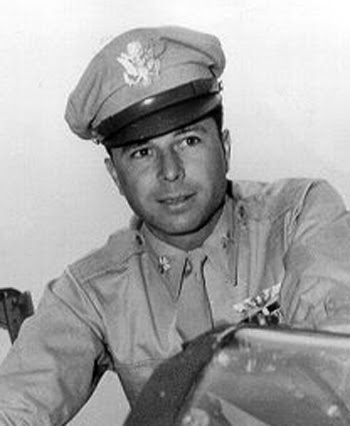
John Mitchell (1914-95) was a flying ace who flew in both World War II and the Korean War. He volunteered for the United States Army in 1934 and four years later entered training as a pilot, receiving his wings and a commission as a second lieutenant in 1940. He early demonstrated both superlative skill as a pilot and leadership potential. After months of training and inactivity following Pearl Harbor, Mitchell went into combat on Guadalcanal, where he became the Army Air Forces’ first ace on the island, with a record of eight confirmed kills. He rose quickly through the ranks, gaining promotion as a lieutenant colonel when the war ended and serving as a colonel in Korea.
Mitchell had been a high school valedictorian. He graduated with a degree in economics from Columbia University, and received a second diploma from the University of Chicago. It’s hard to imagine finding a more able man to carry out the mission that achieved revenge for Pearl Harbor for the United States.
Yamamoto planned the attack in hopes of winning peace
The Pearl Harbor attack was a limited tactical success but a strategic blunder of historic proportions. Japan could not win a protracted war with the United States, and Yamamoto knew that as well as anyone on the planet. Unlike all but a handful of other Japanese military officers, he was intimately familiar with America. He had studied at Harvard, served two tours as Naval Attaché in the Japanese Embassy in Washington, and traveled coast to coast by train. But the admiral argued in vain to persuade the members of the War Cabinet that victory was exceedingly unlikely.
What Yamamoto hoped to accomplish with the operation was to knock out the US Navy in the Pacific and thereby force the Americans to negotiate for peace. Japan had seized the Philippines, much of Southeast Asia, and virtually all of coastal China, and he envisioned the Empire being able to hold onto most of these gains under a peace agreement.
Pearl Harbor: tactical success, strategic failure
In fact, however, the Pearl Harbor operation had been only partially successful. The strike force failed to destroy the repair yards, the submarine base, or the vital oil storage tanks inland on the island of Oahu. And the US Pacific Fleet’s three aircraft carriers were hundreds of miles away on maneuvers, undetected by the Japanese. All of which meant that the US Navy would need not a full year to recover but merely a few months. Still, the admiral remained hopeful for peace for several months as the Japanese Navy continued to rage through the Pacific. But, seeing no move by top officials in Tokyo to extend peace feelers to the US, he became increasingly frustrated and eventually despondent.
Americans were misinformed about Yamamoto’s intentions
Some months before Pearl Harbor, Admiral Yamamoto had written to one of the men who was among the most strident of the militarists in the upper reaches of Japan’s military establishment. In his letter, he skillfully made the case that the Empire could not hope to win a war with the United States. It would be necessary, he wrote, for Japan to utterly destroy the American military, invade the country, and march into the White House to dictate peace terms. The letter backfired.
When the propaganda specialists working for the military got hold of Yamamoto’s letter, they drastically edited it to read as a bold promise on Yamamoto’s part to dictate peace to the Americans from the White House. And US newspapers and radio stations—themselves working as propagandists in the war effort—quoted liberally from the doctored letter. Yamamoto became Americans’ second most hated man in the world (after Adolf Hitler). And there he stayed for the duration of the war.
A brilliant account but oversimplified
Dick Lehr’s rendering of this story of revenge for Pearl Harbor is an example of first-class journalism. He tells the tale in chapters that alternate between Yamamoto and Mitchell until the pace quickens, at which point he begins alternating sections within chapters. His portrayals of the two men are exceptionally well-rounded, with extensive detail about their relationships with the women they loved—Mitchell’s fiancée and later wife, and the admiral’s mistress. But the structure he chooses necessitates compromises, requiring him to simplify in filling in background information lest he unduly slow down the story.
For example, Lehr argues that Yamamoto consistently faced opposition from the conservative (and mostly older) officers in the Japanese Navy. This is true so far as it goes. But he ignores a complication in the case of the admiral’s advocacy of the Pearl Harbor attack. When his plan surfaced in the summer of 1941, a strategic debate was raging in Tokyo. Many Army officers and political leaders strongly advocated attacking not the USA but the Soviet Union, which Germany had just invaded. Their opposition proved fiercer than that of the naval officers, who were already coming around to the belief that Yamamoto was a genius. In the end, of course, the navy, and Yamamoto, prevailed, but it was a close call.
About the author

Dick Lehr (1954-) is also the author of two bestselling nonfiction books about the notorious Boston mob boss, Whitey Bulger. Lehr is a professor of journalism at Boston University. He is a graduate of Harvard University and the University of Connecticut School of Law but has worked as a journalist throughout his career.
For more reading
Be sure to check out my post, Books about World War II in the Pacific.
You might also enjoy:
- 10 top nonfiction books about World War II
- The 10 best novels about World War II (with 40 runners-up)
- 7 common misconceptions about World War II
- The 10 most consequential events of World War II
And you can always find my most popular reviews, and the most recent ones, plus a guide to this whole site, on the Home Page.

